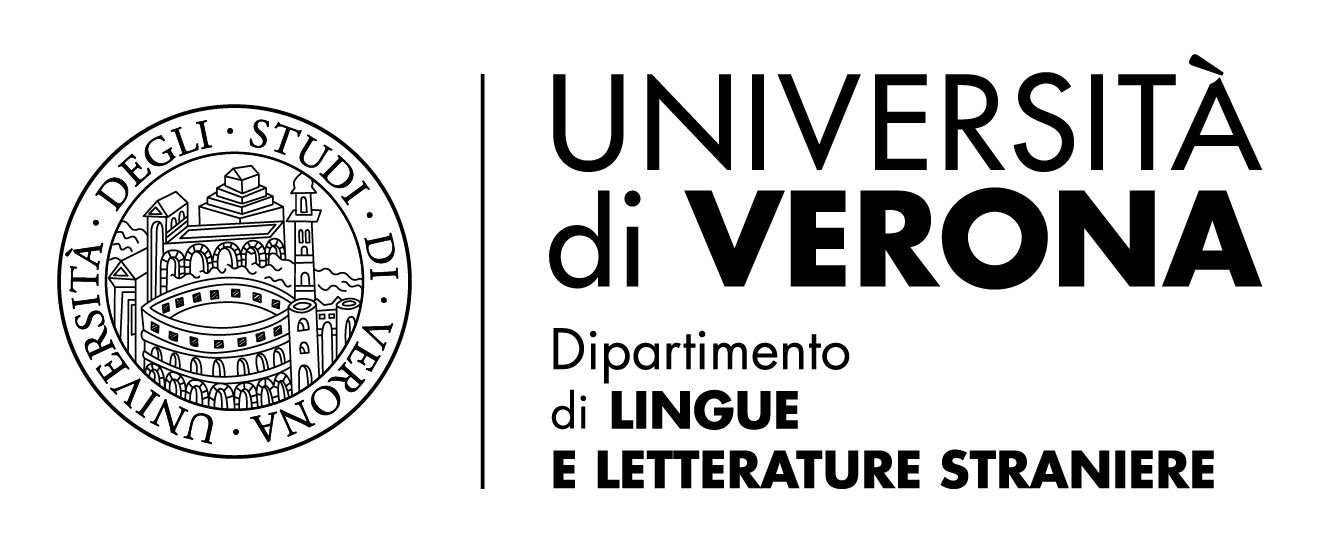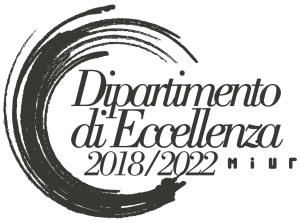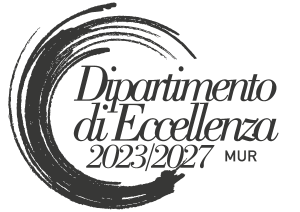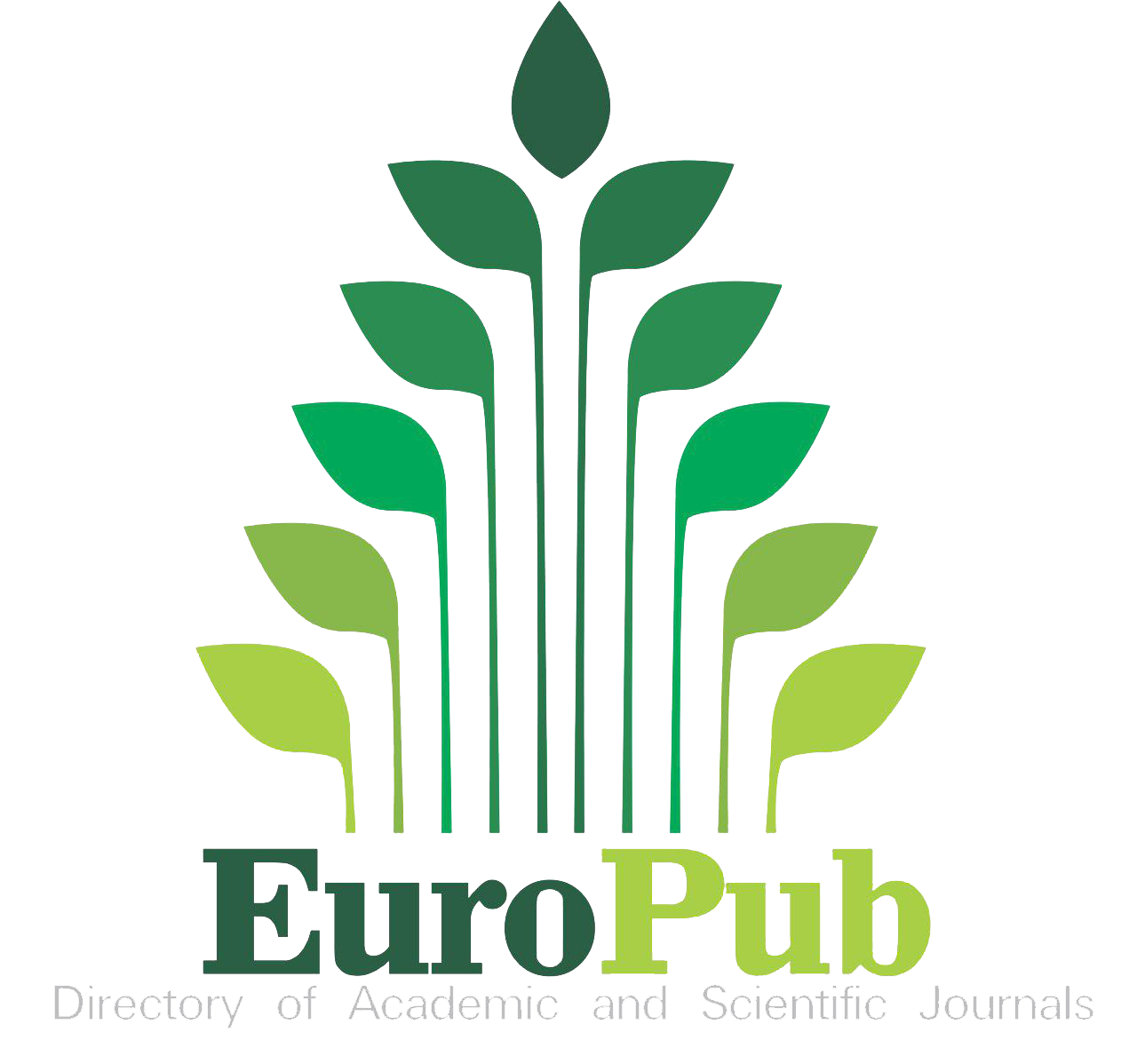Analysing the Semantic Prosody of Timeliness in Letters to the Editor of “The Times” on the Armenian Question from 1914 to 1926
DOI:
https://doi.org/10.13136/2281-4582/2021.i18.1041Keywords:
Corpus Linguistics, News values, Letters to the Editor, Evaluative Language, Historical EnglishAbstract
The Armenian genocide of 1915-1923 (Dadrian 2003) had a massive international news coverage at the time of the events and in the decades that followed (Peltekian 2013; Elayyadi 2017), but few linguistic studies have examined its news discourse. None, so far, has analysed the letters to the editor commenting on the genocide and on the Armenian question at large. Letters to the editor, intended as specific news discourse, rarely have been targeted by linguistic studies (see Chovanec 2012; Romova and Hetet 2012; Pounds 2005; 2006). A corpus of 186 letters to the editor of The Times, published between 1914 and 1926, was collected to examine the linguistic strategies used to construct the newsworthiness of the Armenian genocide through the news value of timeliness. Timeliness is here intended as the recency in time of the events that are commented in the letters to the editor. The concepts of evaluation (Hunston and Thompson 2000), of evaluative parameters in media discourse (Bednarek and Caple 2019) and of semantic prosody (Partington 2004; Sinclair 2004) are applied to most recurrent lexical items related to timeliness (recent, new, last), analysing their concordances and collocates, thus combining discourse analysis with a corpus-driven approach (Tognini-Bonelli 2001; Sinclair 1996, 2004). The findings show the linguistic features of the semantic prosody of timeliness in the corpus.
References
Alayrian, Aida. Consequences of Denial: The Armenian Genocide. London: Routledge, 2018.
Astourian, Stephan. “The Armenian Genocide: An Interpretation.” The History Teacher 23.2 (1990): 111-160.
Aybak, Tunc. “Geopolitics of Denial: Turkish State’s ‘Armenian problem.’” Journal of Balkan and Near Eastern Studies 18.2 (2016): 125-144.
Battisti, Diana. “Cento anni di Metz Yeghern, tra silenzio e speranza. A proposito del volume di Yeghiayan Vartkes, Pro Armenia. Voci ebraiche sul genocidio armeno, a cura di Fulvio Cortese e Francesco Berti, traduzioni di Rosanella Volponi (La Giuntina, 2015, pp. 133).” LEA - Lingue e letterature d’Oriente e d’Occidente 5 (2016): 139-159.
Bednarek, Monika. Evaluation in Media Discourse: Analysis of a Newspaper Corpus. New York: Continuum, 2006.
---. “Evaluation in the News: A Methodological Framework for Analysing Evaluative Language in Journalism.” Australian Journal of Communication 37.2 (2010): 15-50.
---. “Semantic Preference and Semantic Prosody Re-examined.” Corpus Linguistics and Linguistic Theory 4.2 (2008): 119-139.
Bednarek, Monika and Helen Caple. News Discourse. London: Bloomsbury Academic, 2019.
Biber, Douglas, et al. Longman Grammar of Spoken and Written English. Edinburgh: Pearson Longman, 2007.
Cavanagh, Allison. “Letters to the Editor as a Tool of Citizenship.” Letters to the Editor: Comparative and Historical Perspectives. Edited by Allison Cavanagh and John Steel. London: Palgrave Macmillan, 2019. 89-108.
Chabot, Joceline, et al. Mass Media and the Genocide of the Armenians. London: Palgrave Macmillan, 2016.
Chovanec, Jan. “From Adverts to Letters to the Editor: External Voicing in Early Sports Match Announcement.” Diachronic Developments in English News Discourse. Edited by Minna Palander-Collin, Maura Ratia and Irma Taavitsainen. Amsterdam: John Benjamins, 2012. 175-197.
Dadrian, Vahakn N. The History of the Armenian Genocide: Ethnic Conflict from the Balkans to Anatolia to the Caucasus. New York: Berghahn, 2003.
Elayyadi, Hassane. “Reconciliation Process: How has the Turkish State’s Official Discourse of the Armenian Genocide Evolved During the Erdogan Era?” Armenian Journal of Political Science 2.7 (2017): 77-94.
Facchinetti, Roberta. “News Discourse and the Dissemination of Knowledge and Perspective: From Print and Monomodal to Digital and Multisemiotic.” Journal of Pragmatics 175 (2021): 195-206.
Facchinetti, Roberta, et al. News as Changing Texts: Corpora, Methodology, and Analysis, Newcastle Upon Tyne: Cambridge Scholars Publishing, 2015.
Gozdz-Roszkowski Stanislav and Susan Hunston. “Corpora and Beyond – Investigating Evaluation in Discourse: Introduction to the Special Issue on Corpus Approaches to Evaluation.” Corpora 11.2 (2017): 131-141.
Gabrielatos, Costas and Paul Baker. “Fleeing, Sneaking, Flooding: A Corpus Analysis of Discursive Constructions of Refugees and Asylum Seekers in the UK Press, 1996-2005.” Journal of English Linguistics 36.1 (2008): 5-38.
Hunston, Susan. Corpora in Applied Linguistics. Cambridge: Cambridge University Press, 2002.
---. Corpus Approaches in Evaluation: Phraseology and Evaluative Language. New York: Routledge, 2011.
---. “Evaluation and the Planes of Discourse: Status and Value in Persuasive Texts.” Evaluation in Text: Authorial Stance and the Construction of Discourse. Edited by Susan Hunston and George Thompson. Oxford: Oxford University Press, 2000. 177-206.
---. “Semantic Prosody Revisited.” International Journal of Corpus Linguistics 12.2 (2007): 249-268.
Hunston, Susan and George Thompson, edited by. Evaluation in Text: Authorial Stance and the Construction of Discourse. Oxford: Oxford University Press, 2000.
Halliday, Michael A. K. and Christian Matthiessen, edited by Halliday’s Introduction to Functional Grammar. Fourth Edition. London: Routledge, 2014.
Hyland, Ken. “Stance and Engagement: A Model of Interaction in Academic Discourse.” Discourse Studies 7.2 (2005): 173-192.
Mamali, Catalin, Mircea Kivu and Jan Kutnik. “Conflicting Representations on Armenian Genocide: Exploring the Relational Future through Self-inquiring Technique.” Filozofia Publiczna i Edukacja Demokratyczna 2.8 (2019): 168-250.
Martin, James R. and Peter R. R. White. The Language of Evaluation: Appraisal in English. London: Palgrave Macmillan, 2005.
Mayersen, Deborah. On the Path to Genocide: Armenia and Rwanda Reexamined. New York: Berghahn, 2014.
Partington, Alan. “‘Utterly Content in Each Other’s Company’: Semantic Prosody and Semantic Preference.” International Journal of Corpus Linguistics 9.1 (2004): 131-156.
Peltekian, Katia Minas. The Times of Armenian Genocide: Reports in the British Press. Volume 1: 1914-1919, Volume 2: 1920-1923. Beirut: Four Roads, 2013.
Pounds, Gabrina. “Democratic Participation and Letters to the Editor in Britain and Italy.” Discourse & Society 17.1 (2006): 29-63.
---. “Writers Argumentative Attitude: A Contrastive Analysis of ‘Letters to the Editor’ in English and Italian.” Pragmatics 15.1 (2005): 49-88.
Rafter, Nicole. The Crime of All Crimes: Toward a Criminology of Genocide. New York: New York University Press, 2016.
Richardson, John E. and Bob Franklin. “Letters of Intent: Election Campaigning an Orchestrated Public Debate in Local Newspapers’ Letters to the Editor.” Political Communication 21.4 (2004): 459-478.
Romova, Zina and John Hetet. “Letters to the Editor: Results of Corpus Analysis.” New Zealand Studies in Applied Linguistics 18.2 (2012): 45-63.
Scott, Mike. WordSmith Tools Version 8. Stroud: Lexical Analysis Software, 2020.
Sinclair, John. Reading Concordances: An Introduction. London: Longman, 2003.
---. “The Search for Units of Meaning.” TEXTUS 9.1 (1996): 75-106.
---. Trust the Text. Language, Corpus, and Discourse. London: Routledge, 2004.
Stubbs, Michael. Words and Phrases: Corpus Studies of Lexical Semantics. New York: Blackwell, 2001.
The Times and The Sunday Times Online Archive. https://www.thetimes.co.uk/archive/. Last visited 09/12/2021.
Tognini-Bonelli, Elena. Corpus Linguistics at Work. Amsterdam: John Benjamins, 2001.
Üngör, Uğur Ümit. “The Armenian Genocide, 1915”. The Holocaust and Other Genocides: An Introduction. Edited by Barbara Boender and Wichert ten Have. Amsterdam: Amsterdam University Press, 2012. 45-71.
Wahl-Jorgensen, Karin. “Understanding the Conditions for Public Discourse: Four Rules for Selecting Letters to the Editor.” Journalism Studies 3.1 (2002): 69-81.
Whitsitt, Sam. “A Critique of the Concept of Semantic Prosody.” International Journal of Corpus Linguistics 10(3): 283-305.
Downloads
Published
Issue
Section
License
Copyright (c) 2021 Isabella Martini

This work is licensed under a Creative Commons Attribution-NonCommercial 4.0 International License.
Iperstoria is an Open Access journal.
- Authors retain copyright and grant the journal right of first publication with the work simultaneously licensed under a Creative Commons Attribution 4.0 BY License that allows others to share the work with an acknowledgement of the work's authorship and initial publication in this journal.
- Authors are able to enter into separate, additional contractual arrangements for the non-exclusive distribution of the journal's published version of their work (e.g., post it to an institutional repository or publish it in a book), with an acknowledgement of its initial publication in this journal. We kindly ask authors to inform us of any instances of re-publication.







